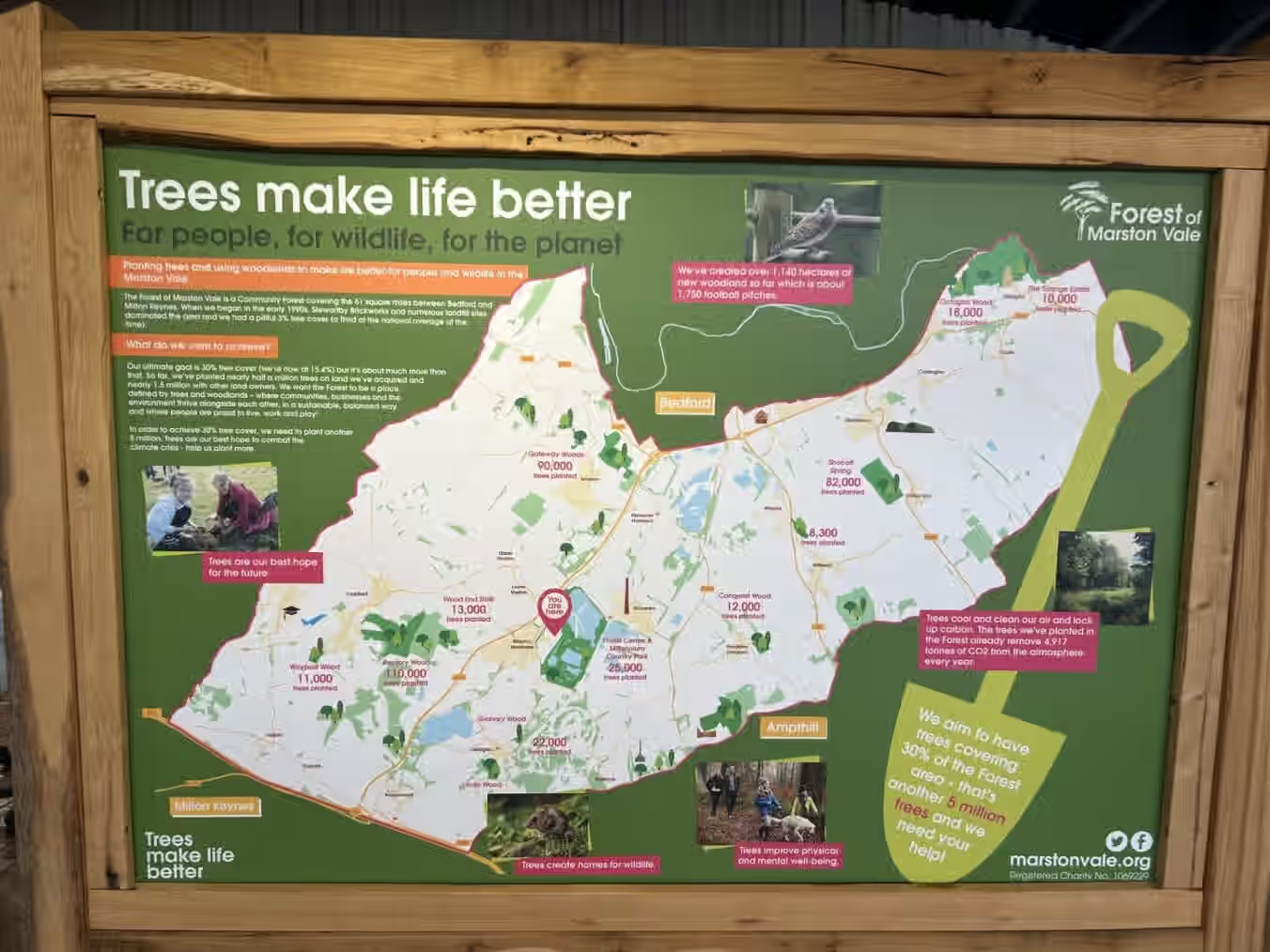Tree in a Million
Proud partners with the Forest of Marston Vale
Trees help to cool and clean our air, lock up carbon, reduce flooding, provide sustainable raw materials, and are a major player in slowing down climate change.
We’ve proudly partnered with the Forest of Marston Vale Trust, to bring you our “Tree in a Million” campaign.
Join our initiative and be part of the movement
You can sponsor a tree and be part of a vital reforestation movement here in the UK, boosting the local economy as well as locking up carbon.
Whether it’s part of a corporate social responsibility drive, a contributor towards mitigating your company carbon footprint, or as an individual wanting to balance your impact on the world, getting involved in our campaign will help to deliver an additional £1,000,000 of benefit to the UK!
Tonnes of CO2 removed from the atmosphere annually
£.m
Annual cost saving to NHS
FTE jobs supported locally per year
£.m
Annual boost to visitor economy
Over 1000 trees planted by NCZ clients in February 2024
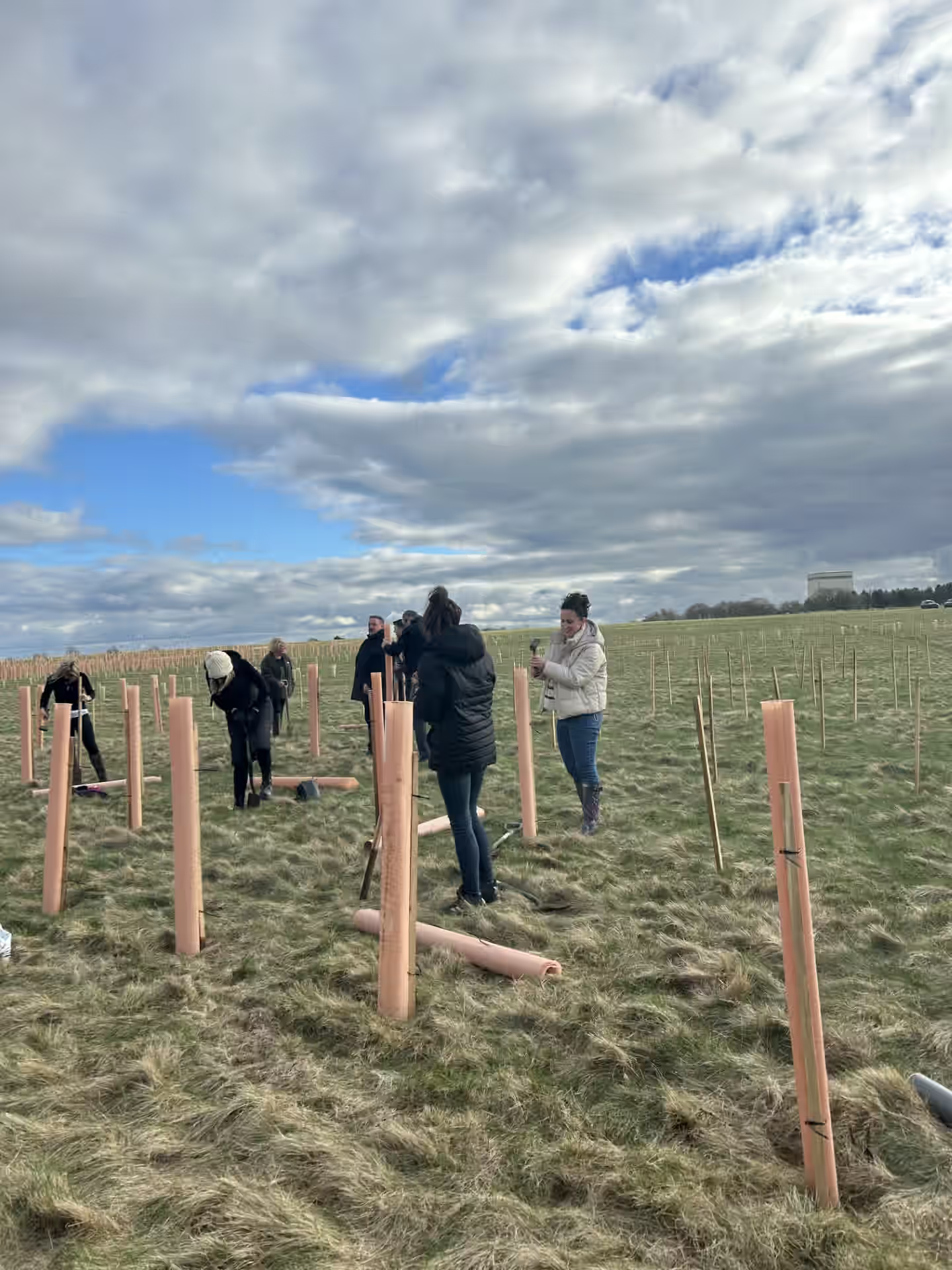
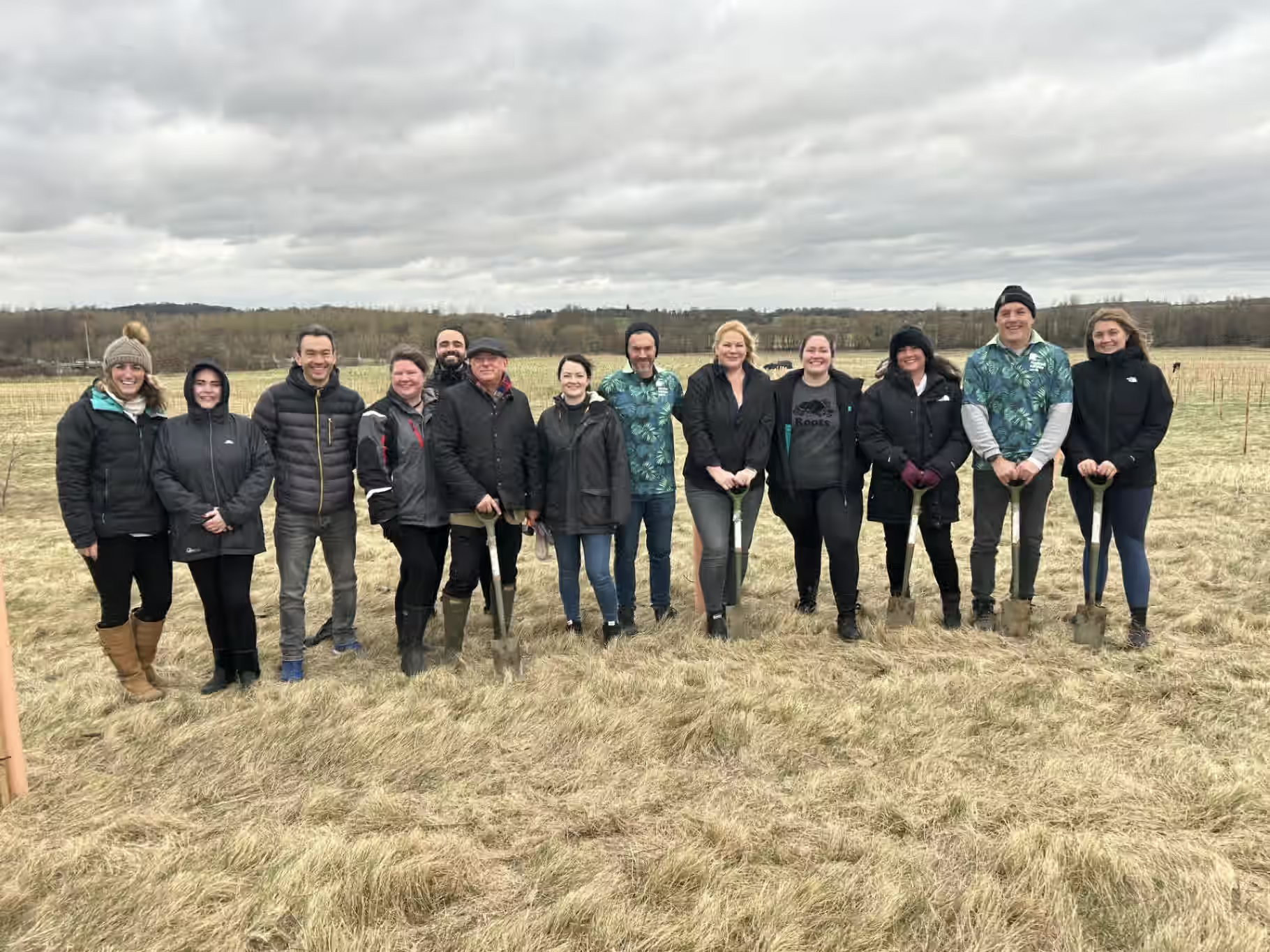
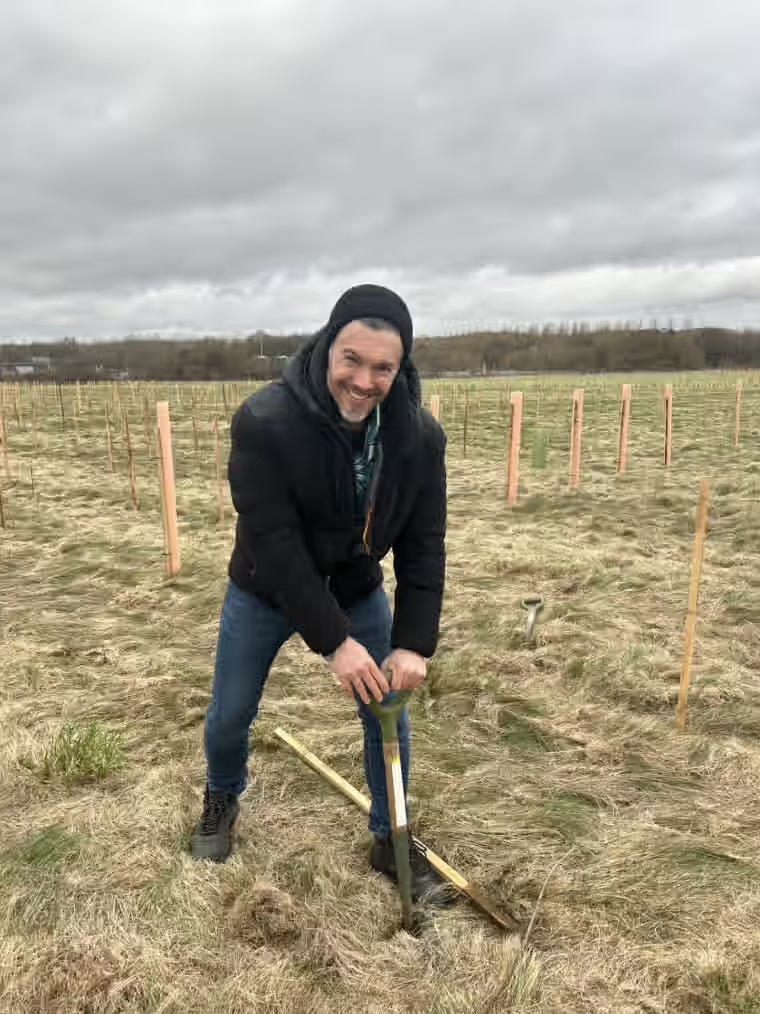

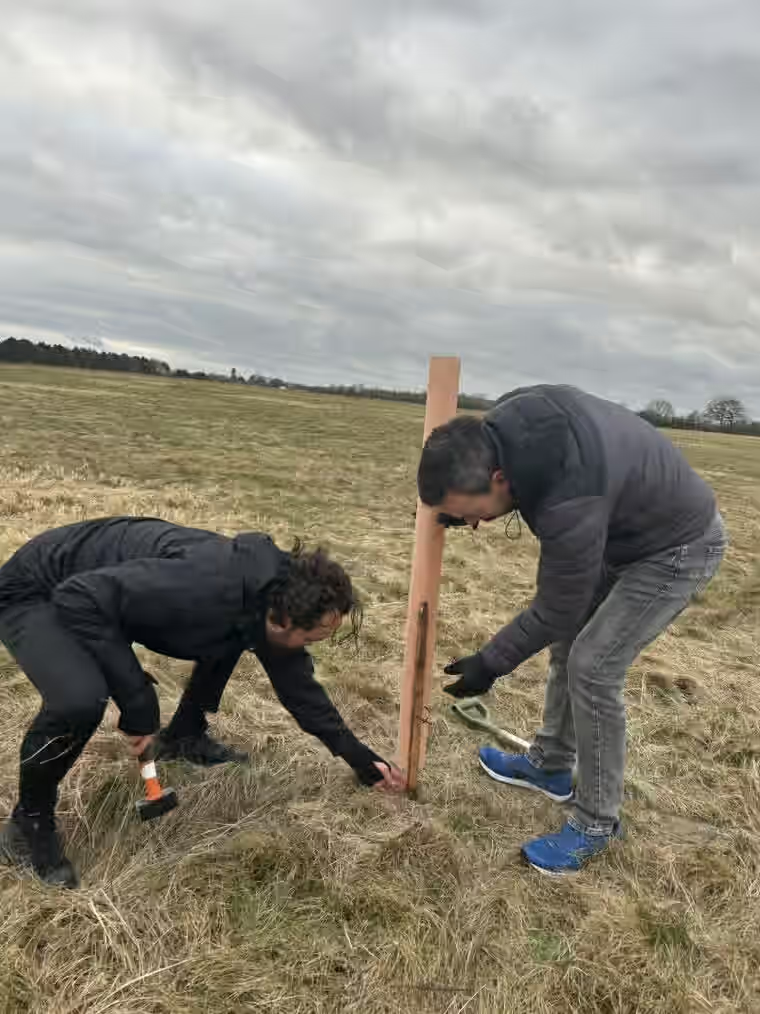
Get involved and give back
Private planting events
Standard plan
£2000150 trees
Includes food and refreshments for up to 15 people, with full supervision.
Get in touchGold plan
£3000250 trees
Includes food and refreshments for up to 15 people, with full supervision.
Get in touchPremium plan
£4400400 trees
Includes food and refreshments for up to 15 people, with full supervision.
Get in touchSponsor a tree

10 + trees
£15.00 incl. VAT per tree
Ideal to balance the impact of an event or group footprint.
Purchase nowFAQs
Find answers to common questions about our "Tree in a Million" initiative.
How does it work?
The “Tree in a Million” initiative works by planting one million trees to combat deforestation and promote environmental sustainability. Each tree is carefully selected and planted in areas where reforestation is most needed.
Why is it important?
The “Tree in a Million” initiative is important because trees play a crucial role in mitigating climate change, improving air quality, and providing habitat for wildlife. By planting one million trees, we can make a significant impact on the environment.
How can I participate?
To participate in the “Tree in a Million” initiative, you can make a donation towards tree planting efforts or volunteer to help with planting and maintenance. Visit our website to learn more about how you can get involved.
What are the benefits?
By participating in the “Tree in a Million” initiative, you contribute to the restoration of ecosystems, combat climate change, and create a greener future for generations to come. Additionally, you can gain a sense of fulfillment and pride in making a positive impact on the environment.
Can I track progress?
Yes, you can track the progress of the “Tree in a Million” initiative on our website. We provide regular updates on the number of trees planted, locations, and the impact of the initiative on the environment.
Join the tree revolution
Make a difference by planting a tree or making a donation towards this initiative.
